Treasure Trove
Collectors find and live with things they love.
Chana Shapiro is an educator, writer, editor and illustrator whose work has appeared in journals, newspapers and magazines. She is a regular contributor to the AJT.
The AJT invites readers into the homes of stimulating men and women in the Jewish community who have assembled surprising and unusual collections. On this first visit, we meet Dr. Jacqueline Gindler, who takes us on a virtual tour and talks about her trove of exceptional Chinese objects.
Jacqueline Gindler, editor of the Centers for Disease Control and Prevention publication Morbidity and Mortality Weekly Report, lives in a charming museum-like residence in Brookwood where beautiful objects from China are displayed.
During the eight years Gindler and her three daughters lived in China, she collected a wide range of handcrafted, embellished and unusual items, which are seamlessly integrated into her comfortable home.
Gindler’s enchantment with China began when the China Center for Adoption Affairs sent her a photo of her future daughter. Four years, and another adopted Chinese daughter later, the family of three left Atlanta and moved to Beijing, where Gindler worked on birth defects and developmental disabilities prevention for the CDC. She wanted her daughters to personally experience their birthplace, a desire equally driven by her own fascination with Chinese culture. While there, Gindler adopted a third daughter.
Every day, as Gindler rode her bicycle a mile to work – much faster, she explains, than maneuvering through the Beijing traffic – she went through hutongs or little alleys, where she often saw old women hobbling along. These women had bound feet, an ancient practice that was officially banned in 1912, but lingered in some areas until 1949, she said.
Women’s beauty was judged less by their face than by how tiny their feet were, a sign that a woman was dutiful, obedient and willing to prevail in the face of incredible suffering. Women created intricately decorated shoes to encase their tiny feet, and it was customary for a pair of handmade, beautifully embroidered shoes to be presented to a prospective mother-in-law as the primary means for judging the quality of a girl to be her son’s wife.
Tiny Shoes
“A native Mandarin-speaking colleague and I scoured the markets and antique shops for shoes made for women with bound feet. These elaborately decorated shoes are amazingly small; usually only about 4 to 5 inches long. I soon began to collect other lovely handcrafted, embroidered items too, including sleeves for holding fans, hats and parts of clothing, such as collars.”
Shard Boxes
“I became interested in what are known as ‘shard boxes.’ During the Cultural Revolution (1966 to ‘76) many things considered bourgeois were destroyed, including much beautiful Chinese pottery. Later, the broken pieces, or ‘shards,’ were collected and set into lacquer boxes. I love these, and like to imagine what the whole unbroken pot may have looked like.”
Spectacle Cases
“I found some wooden eyeglass cases set with pieces of bone on which scenes telling folk stories are etched and inked; I’ve not seen many of these and purchased them in Hangzhou, in the south.”
Wind-up Clocks
“These Chinese clocks are whimsical creations, and all have parts that move when the clock is wound up and ticking: the cat’s and dog’s eyes move back and forth, the chicken pecks at the ground, and students wave Mao’s ‘Little Red Book.’
Behind the clocks in this photo is something called a bolihua, which means glass painting. The painting is done on the reverse side of the glass. These images frequently depict a reclining woman with bound feet and often a fan. The subject is probably a courtesan.
Utilitarian Boxes
“I also loved collecting boxes, and I have lots of these. My favorites are the big ones used for carrying food.”
After leaving China, Gindler and her daughters, Rose, Lily and Ruby, spent two years in Thailand, working with Burmese refugee resettlement, after which CDC brought them back to Atlanta. Gindler still maintains close ties with their China-based Chabad Rabbi Shimon Freundlich and his family and returned there for Passover 11 years ago. Gindler notes, “Among the biggest inspirations (and the biggest surprise) for me in China, was the incredible expatriate Jewish community there. My rabbi and his wonderful family changed all of our lives forever.”



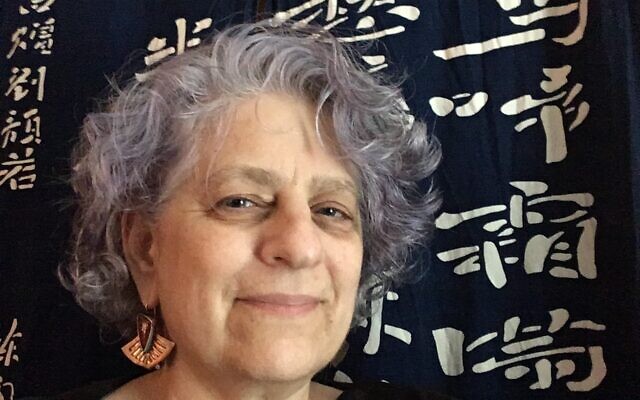
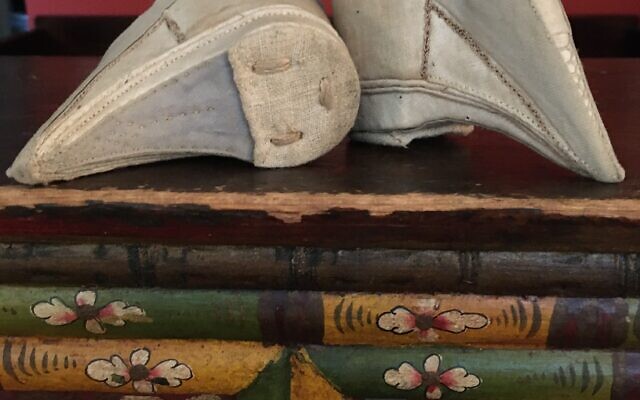
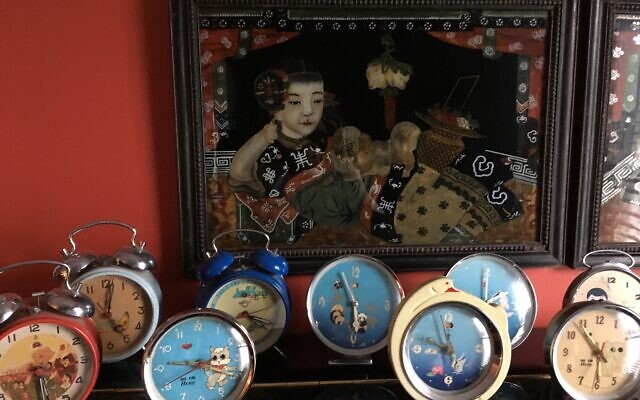
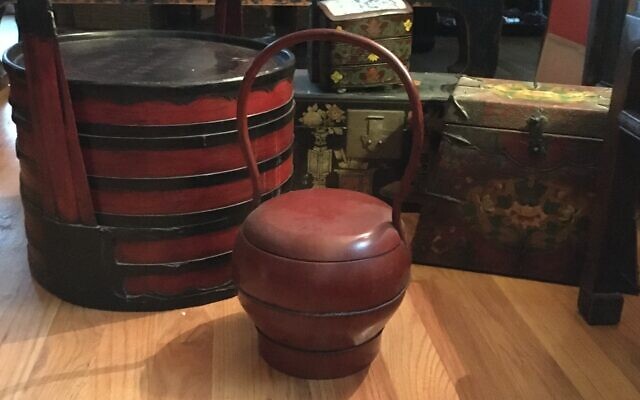
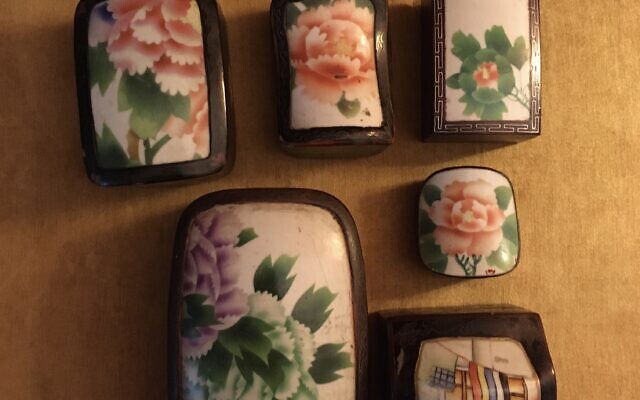
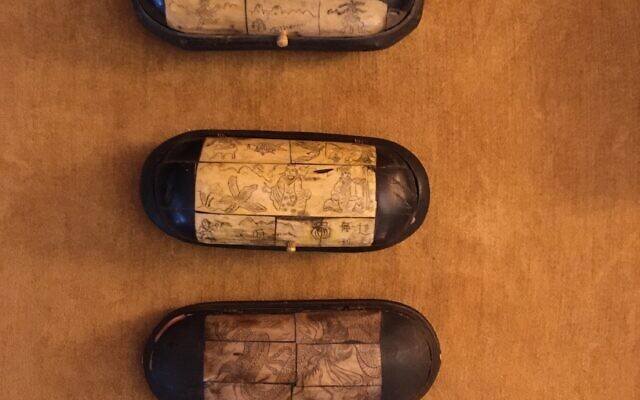
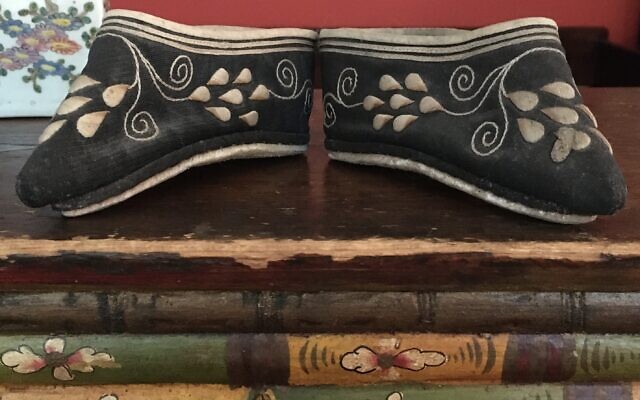
comments